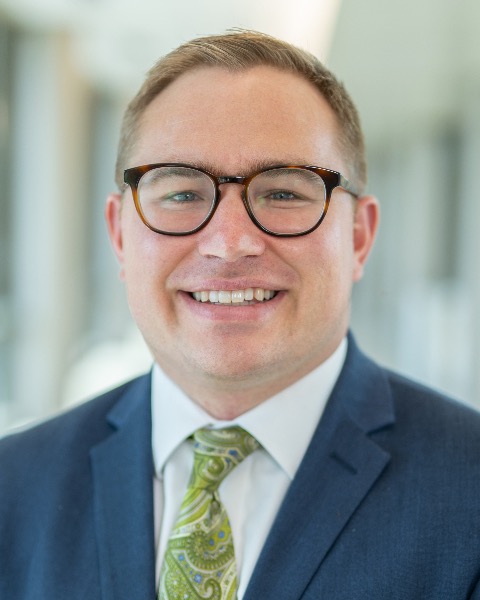Neonatology
Session: Neonatal Hematology & Bilirubin Metabolism
460 - Preventing bilirubin-induced neurological dysfunction by identifying female carriers of a G6PD class 1 mutation
Saturday, May 4, 2024
3:30 PM - 6:00 PM ET
Poster Number: 460
Publication Number: 460.1114
Publication Number: 460.1114

Timothy M. Bahr, MD
Assistant Professor of Pediatrics
Intermountain Health/University of Utah
Salt Lake City, Utah, United States
Presenting Author(s)
Background: In 2021 we reported on a large kindred, of European ancestry, in which 35 males have been affected with severe glucose-6-phosphate dehydrogenase (G6PD) deficiency due to rare Class I mutation (637G>T; PMID 34773909). This variant resulted in many early deaths from severe jaundice and at least five cases of BIND among survivors over seven generations. Most family members are currently living in the Western part of North America.
Objective: To identify female carriers of this variant and to prevent bilirubin-induced neurological dysfunction (BIND) from occurring in all future generations of this large North American kindred.
Design/Methods: Recently we were made aware of another large kindred, living predominantly in the Eastern part of North America, with at least seven severely affected males with G6PD deficiency over three generations. We utilized next generation sequencing to identify the causal genetic variant and then utilized genealogical records to determine whether this new large kindred is related to the original kindred we identified.
Results: We determined that this kindred carries the same mutation as the original kindred (Class I, c. 637G>T). Moreover, our genealogical research has determined that the matriarch of our Western kindred and the matriarch of the Eastern kindred were first cousins. This family tree now extends to nine generations of severely affected individuals in the United States.
Conclusion(s): The family members who participated in this genealogical research believe that a great number of women in this large kindred who carry the G6PD Class I mutation are unaware. Thus these women are at substantial (50%) risk that male offspring will be affected. By identifying the carriers and providing education to them and their medical care teams, anticipatory guidance during the immediate newborn period can result in rapid identification of affected babies, with timely administration of mitigation strategies such as phototherapy, thus avoiding BIND in future generations. We have developed a research protocol to seek out possible carriers, offer carrier detection with studies run at the ARUP laboratories, and return the results with anticipatory guidance. Despite the costs, time, and resources required in this endeavor, we are compelled by the opportunity to prevent further cases of BIND in this large and vulnerable kindred.
